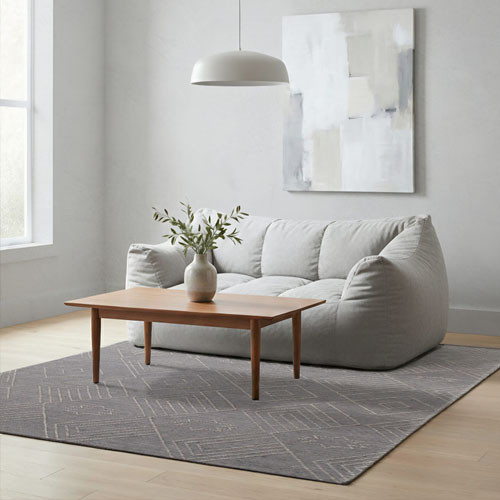Materials and Techniques at Enaya Rugs
Tools and Materials
Creating exquisite rugs and carpets at Enaya Rugs involves the skilled use of specialized tools and premium materials. From hand tufting guns for intricate designs to traditional looms for weaving, each piece is crafted with meticulous attention to detail and a commitment to quality craftsmanship.
Comb Tools
Usually made of wood and metal. It is used to pack together the knots and the weft in the rows after every row in the carpet has been tied. The comb is beaten up and down along the warp to secure the knots.his kind of comb is made entirely of metal and used in finer and more closely tied carpets, such as Isfahan and Nain.


Latexing Tools
Latex In Handmade Rugs. There are no knots in a tufted rug. The yarn is pushed through the base fabric by hand with a punch tool. After the entire rug is filled in with these tufts, the back of the rug is coated with one or more layers of latex, then with the cloth backing. The loops are cut at this point.
Spinning Wheel
The charkha, or spinning wheel, was the physical embodiment and symbol of Gandhi’s constructive program. It represents Swadeshi, self-sufficiency, and at the same time interdependence, because the wheel is at the center of the network of cotton growers, carders, weavers, distributors, and users.

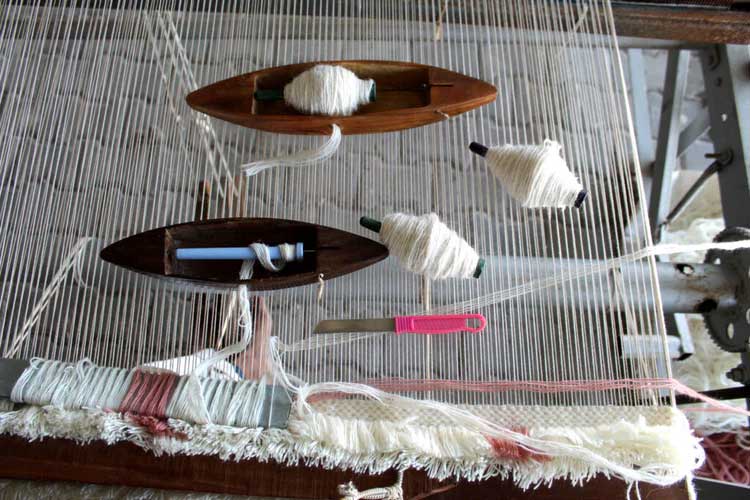
Shuttle & Pern Tool
A shuttle is a tool designed to neatly and compactly store a holder that carries the thread of the weft yarn while weaving with a loom. Shuttles are thrown or passed back and forth through the shed, between the yarn threads of the warp in order to weave in the weft.
Clipping Tools
In the context of machining, a cutting tool is any tool that is used to remove material from the workpiece by means of shear deformation angle-point tools are used interning, shaping, planning, and similar operations, and remove material by means of one cutting edge.


EDGE BINDING TOOLS
Heavy-Duty Carpet Shears feature sharp steel blades for precisely cutting stained ordamaged fibers and the wide blade design helps ensure level cutting. The shears are shaped so as to assist with leveling and trimming carpet seams.
Finishing Tools
Home / Tufting Tools & Equipment / Carpet Finishing. Carpet Finishing. Carpet, rug, mat, and runner edges are finished by sewing tape around the edge, wrapping ..rugs, runners, and mats to prevent fraying, and create a clean edge and finish.
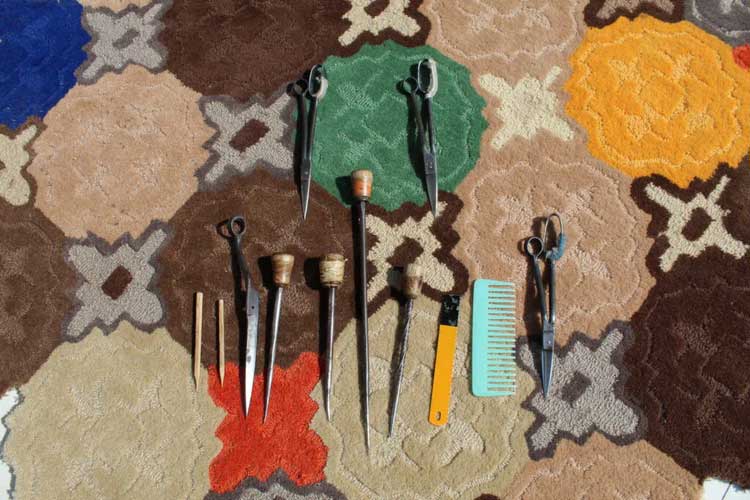
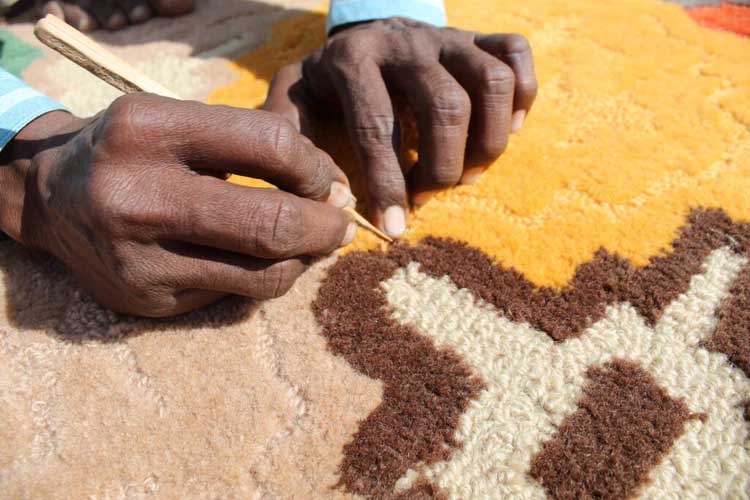
Pile Separator Tool
Cut pile is a style of carpet that is sheared, exposing the ends of the carpet fiber. Cut piles come in different lengths and thicknesses. They are the most popular styles of carpet today and tend to be softer underfoot and to touch than loop pile carpets.
Tufting Gun Tool
The pile of tufted carpets is formed by tufts inserted into a backing with needles. Tufted carpets differ basically from traditional types because they have a pre-woven backing into which the tufts are inserted. One unconventional method of making carpet involves the forming of piles on knitted structures.


Botanical Silk
Silk is a natural protein fiber, some forms of which can be woven into textiles. The protein fiber. Enzymes are the means used to achieve the degradation of silk in vitro. Protease XIV from Streptomyces griseus and α-chymotrypsin from bovine
Cotton
Cotton Fibers and Antique Rugs, Cotton is a vegetable fiber derived from agricultural cultivation. It is used most commonly in the foundation of the rug rather than its pile or flat-woven facing. Cotton can, however, be used for the pile or flat-woven facing of rugs


New Zealand Wool
Nature’s gift – New Zealand WoolWool is a natural, renewable fiber that is grown continuously all year round. Wool has a natural fat coating that makes it dirt repellent. This combination of factors means that your rug can be walked on, played on, and lived on for many years.
Real Silk
Silk rugs are created by hand weaving silk fibres – often no thicker than a strand of hair – into intricate patterns. The knot count for a silk rug can exceed 1,500 knots per square inch! They are thin and incredibly pliable, finely crafted and woven, and incredibly comfortable. Real silk rugs have a telltale sheen.
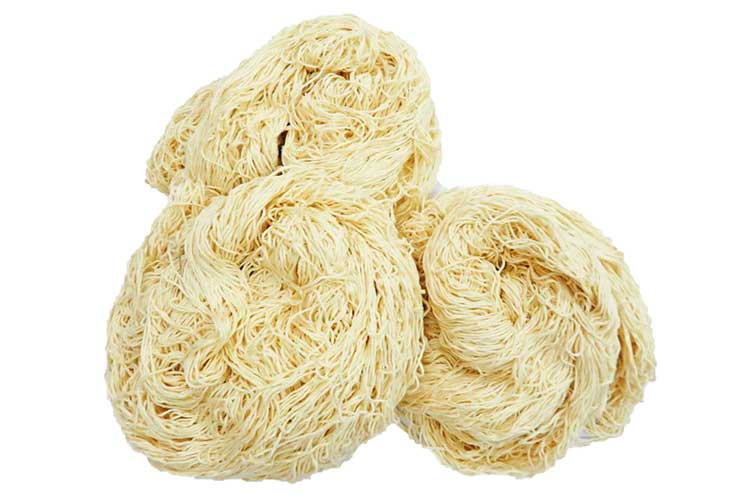

Tencil
Tencel is 99% decomposed wool pulp from tree farms. Along with being a great sustainable material, it is a breathable fiber that is 50% more resistant to mold than cotton or wool. Furthermore, it is a natural anti-bacterial fabric which makes it the healthiest plant fiber among carpet fabrics.
Viscose
Viscose, in its various forms, is increasingly used in rugs and carpets of multiple qualities. It can imitate the look and texture of wool, cotton, linen, and silk though most often in rugs it is the latter; it can be dyed and does not insulate heat which leaves the hand of viscose cool to the touch.




